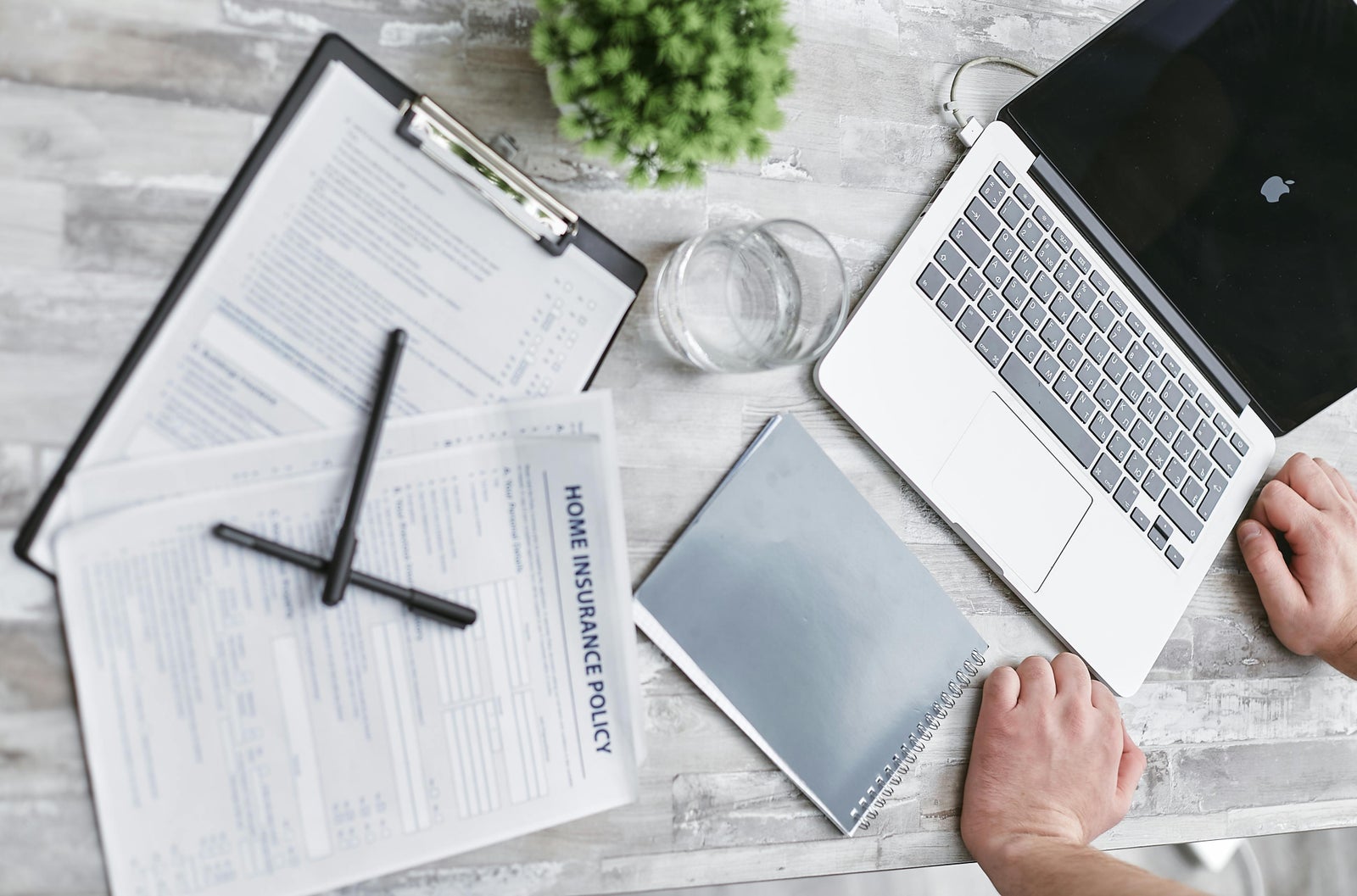 You’ve scrolled through hundreds of home listings, and you’re excited to buy your first home. But wait! Have you done your homework? Do you know what you can afford, where your down payment will come from, and whether you can get approved for a mortgage? Buying a home is a big step, and understanding the financial aspects is crucial. Let’s break it all down so you can feel confident moving forward.
You’ve scrolled through hundreds of home listings, and you’re excited to buy your first home. But wait! Have you done your homework? Do you know what you can afford, where your down payment will come from, and whether you can get approved for a mortgage? Buying a home is a big step, and understanding the financial aspects is crucial. Let’s break it all down so you can feel confident moving forward.Understanding Down Payments
As a homebuyer, you need to put down at least 5% of the home’s purchase price, but it’s often a good idea to aim higher. A larger down payment increases your equity in the home and can save you money over time.In Canada, if your down payment is less than 20% of the purchase price, you’ll need to pay for mortgage insurance. This premium gets added to your mortgage and increases the overall cost of homeownership. The good news? The larger your down payment, the lower the insurance premium:
With 10% down, the premium is 3.1% of the mortgage amount.
At 15%, it drops to 2.8%.
With 20% or more, you avoid the premium altogether.
If you’re ready to buy but can only afford the 5% minimum, that’s okay. It gets you into the market sooner and helps you achieve your homeownership goals.
Saving for a Down Payment
Saving for a down payment takes planning, but there are programs to help first-time buyers:- Tax-Free First Home Savings Account (FHSA): Save up to $8,000 per year, tax-free, with a lifetime limit of $40,000. Contributions are tax-deductible, and withdrawals for your first home are non-taxable.
- First-Time Home Buyers Tax Credit: Claim a non-refundable tax credit of up to $1,500.
- Home Buyers’ Plan (HBP): Withdraw up to $35,000 from your RRSP to put toward your home. You have 15 years to repay it.
- Tax-Free Savings Account (TFSA): Contribute up to $6,500 annually and withdraw funds tax-free to help with your down payment.
Beyond the Down Payment: Additional Costs to Consider
Even if you’ve saved 20% for a down payment, you’ll need to account for other expenses:
Emergency Fund: Keep a financial cushion for unexpected repairs or renovations. Set aside 1% of the property’s purchase price annually for maintenance.
Closing Costs: Budget for appraisal fees, legal fees, title insurance, and more. These typically total 3% to 4% of the home’s purchase price.
Shopping for a Mortgage
Finding the right mortgage is key to your home-buying journey. Start by understanding the difference between mortgage specialists and mortgage brokers:- Mortgage Specialists: Work for a single bank and offer only that bank’s rates and products.
- Mortgage Brokers: Act as intermediaries with access to multiple lenders’ rates and products, helping you find the best match.
Get Pre-Approved for a Mortgage
Mortgage pre-approval is an important step that shows sellers you’re a serious buyer. It also helps you understand your budget. Use an online mortgage calculator to estimate monthly payments, factoring in additional costs like heating, property taxes, and insurance. Then, work with an experienced REALTOR® (like me!) to start your home search.
What to Know About Pre-Approval
Pre-approval doesn’t guarantee your rate or lending amount. Lenders may not review all your documents upfront, and changes in interest rates or your financial situation can affect your final approval. It’s smart to get pre-approved for the highest amount you’re comfortable with to avoid surprises later.
Conclusion
Whether you’re a first-time buyer or a seasoned homeowner, purchasing a property involves many steps. With the right professionals by your side—including a financial planner, mortgage expert, and REALTOR®—you’ll navigate the process confidently and find the home that’s perfect for you.
Ready to take the next step? CONTACT ME, Robert Tremblay REALTOR®, and let’s make your homeownership dreams a reality!